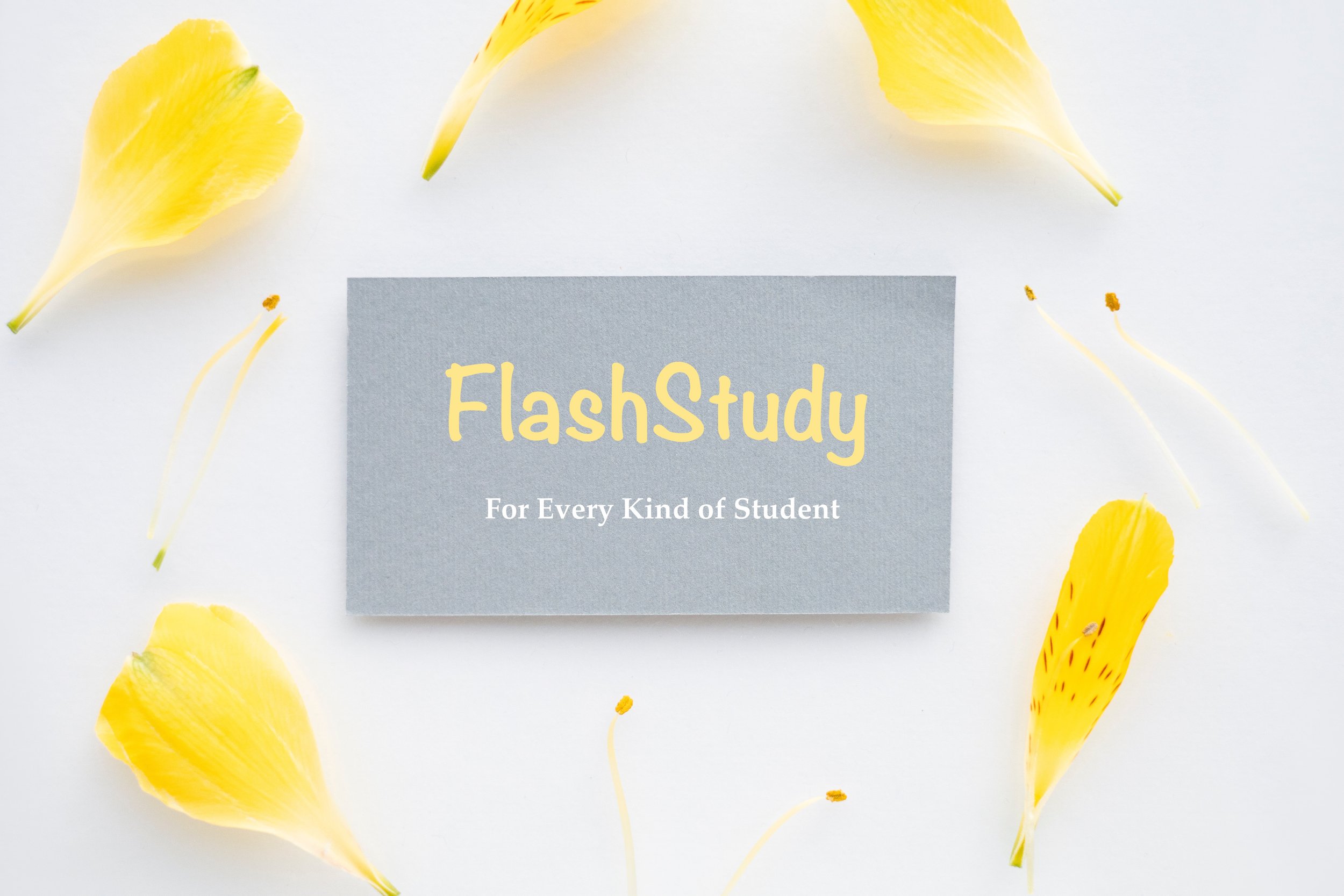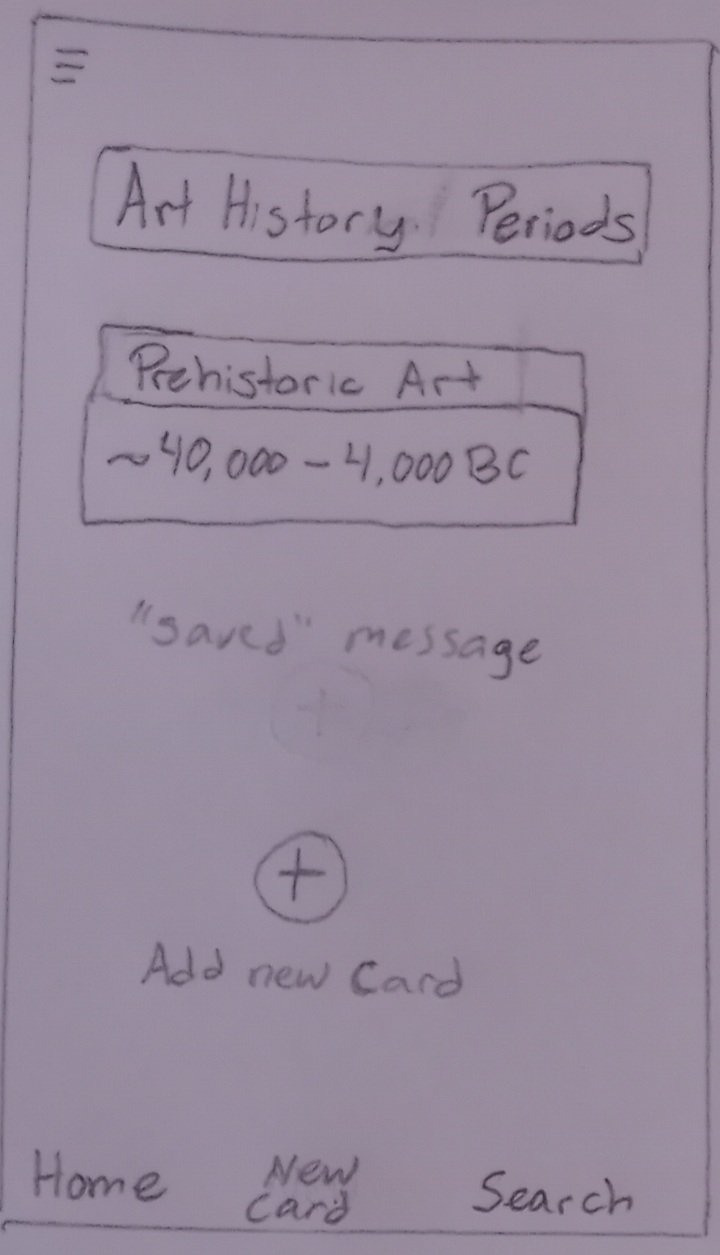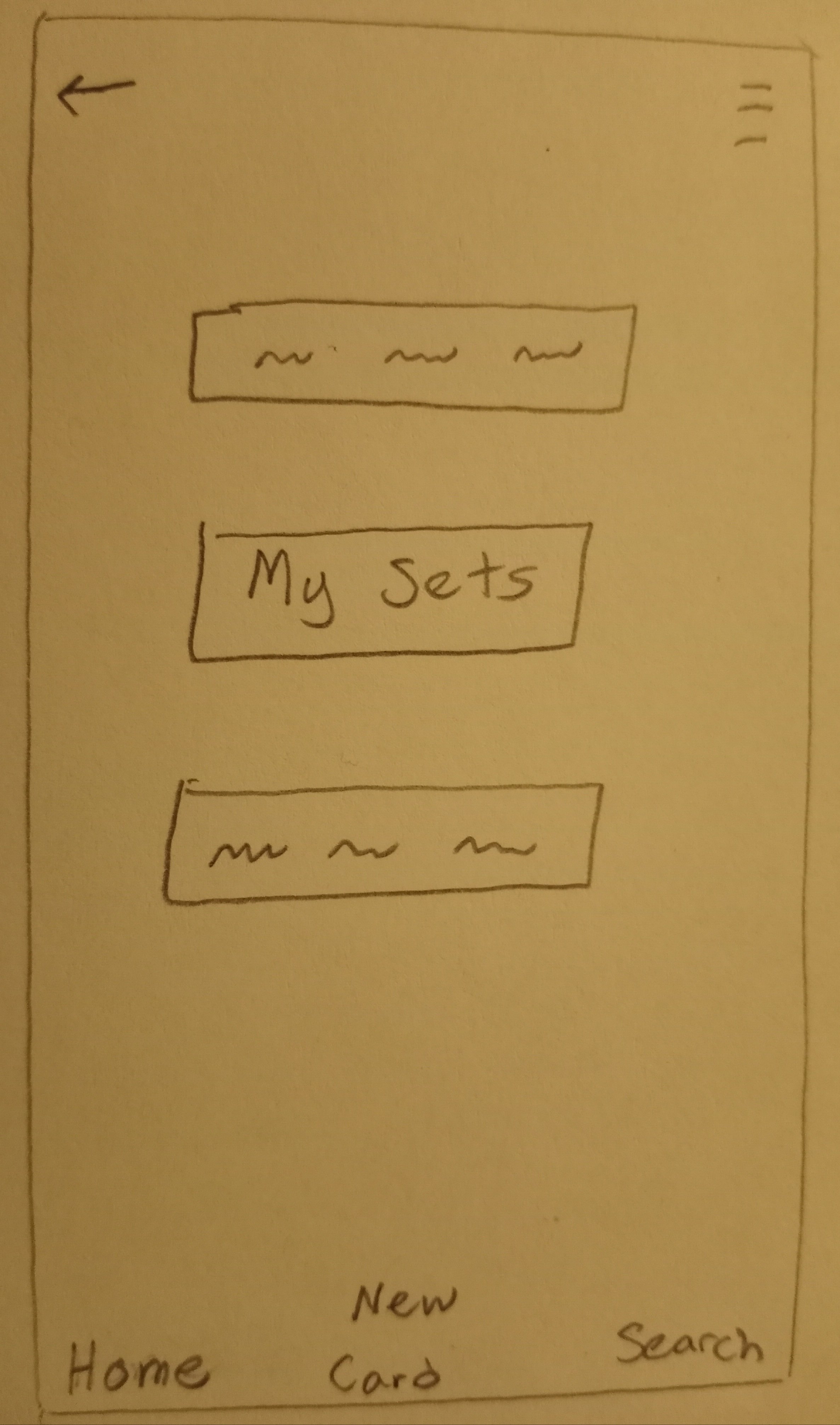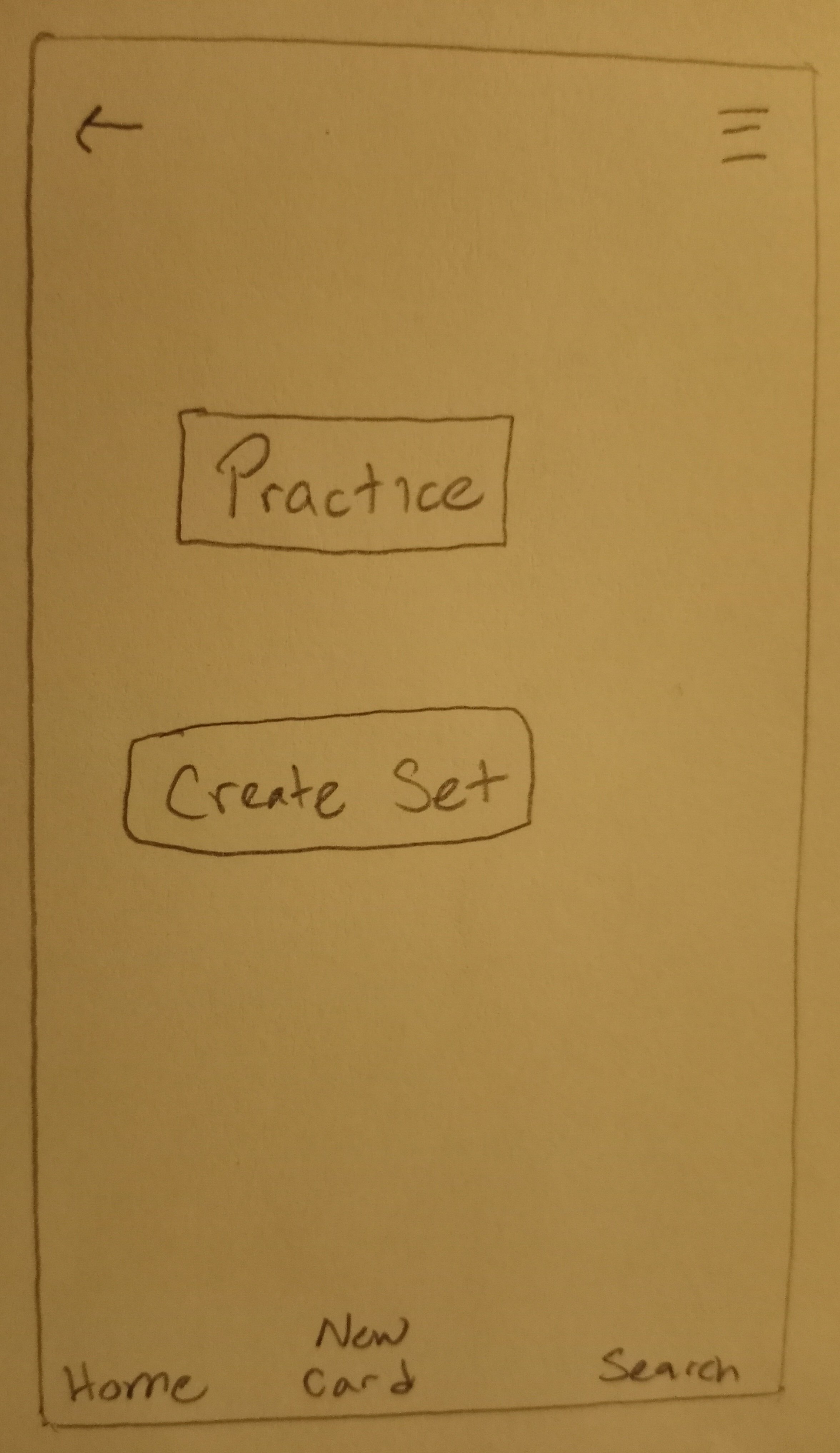
So, What’s the Problem?
How can students, of any subject, create vocabulary flashcards and then gain the motivation to study them regularly?
-
Design an app that allows users to create simple flashcards in order to maintain focus, with a study feature that keeps the learning fun and engaging.
-
Pencil & Paper
Marvel
Invision
FlowMapp

The Process
Competitive Analysis.
To begin, I wanted to make sure that I understood what users expect from a flashcard app. So, I analyzed three apps that had similar functions to what I wanted to create.
Apps Viewed.
Cram
Chegg
Simple Flashcards Plus
Ideas.
Provide multiple ways to study
Have a light dimmer or dark mode
Allow sets to be quickly created and studied immediately after
Have a clean layout with little to no frills
Allow use without signing up
Include audio playback
Avoid small inconveniences, like not seeing the words as you type
User Interviews.
With those results in mind, I moved on to interview three potential users in order to discover how they approach learning new vocabulary. This is what I asked them:
Are you currently enrolled in school or any educational courses?
When was the last time you learned new vocabulary?
What is your preferred method for learning new terms?
What do you enjoy about this method? What do you dislike about it?
What other methods have you tried? Were they successful? Why or why not?
How do you feel while studying new vocabulary?
How motivated are you when studying new vocabulary? What increases/ lessens your motivation?
These questions were successful at getting the right information, but there was room for improvement for followup questions during the interviews in order to get to the ‘why’.
What was validated.
The app needs multiple ways to study, since they easily get bored of flashcards
Audio playback would be an asset - for accessibility and variety
They need to create cards quickly so they can study on-the-go
What didn’t come up.
A dark mode
The presence or speediness of signing up
Proto-Persona.
Creating several personas wasn’t in the cards for this app because this was a short-term project within my UX course and there were only three participants in my user interviews. So, I developed a proto-persona so that I could still have physical representation for the user.
User Story.
As a working student, I want to study business concepts efficiently so that it doesn’t swallow up all my time.
Problem Statement.
Danielle needs a way to quickly grasp vocabulary because she has a lot on her plate. We will know this to be true when we see a higher number of quiz questions answered correctly.
Job Story.
When I study new business terms and concepts, I want to learn efficiently, so I can balance my other responsibilities.
Hypothesis Statement.
We believe that by creating a point system and quizzes for Danielle, we will achieve giving her a quick access study tool for retention and continued use.
User Flows.
I then needed to organize the setup of the two main functions - creating and practicing a set. Finding the best route for the user took some trial and error because I had no prior experience with creating flows. I enjoyed having feedback from another designer to streamline them. And FlowMapp is the most intuitive platform that I have tried so far, so I’m glad to have found it.
Create New Set
Practice a Set
Paper Sketches.
Creating paper sketches is a must for me because it allows me to draw what I envision as soon as it appears in my mind.
Modifications.
BEFORE
AFTER
Added “Finish” button to speed up set modifications
Added back button and moved hamburger menu
Created more space for better visual appeal
BEFORE
AFTER
Removed keyboard for clarity
Created clear distinction for where to add text
If I am able to iterate further on FlashStudy, I would include a way for users to receive rewards for their milestones. For example, I could create a sticker system within their profiles that keeps track of the number of days they’ve used the app. It could also track how many times they’ve gotten an answer right after previously getting it wrong. The benefit being that they can see evidence of their improvement, which can boost confidence and motivation.
Also, two of the interviewees said they enjoy reading as a way to practice vocabulary because the context helps them remember. Future iterations could benefit from allowing users to plant their flashcards into stories and other real-world contexts.




















